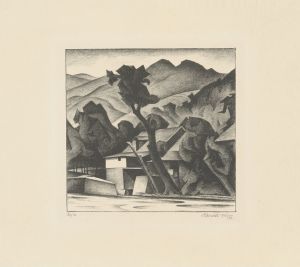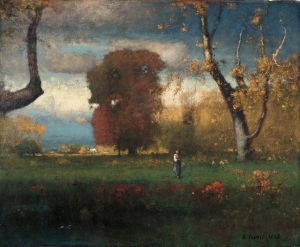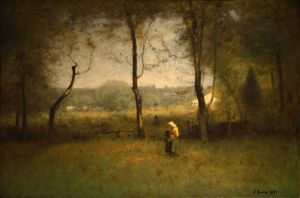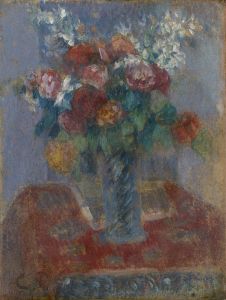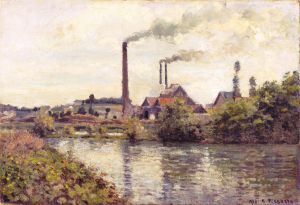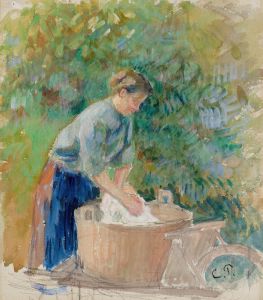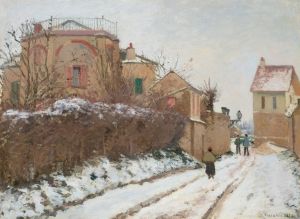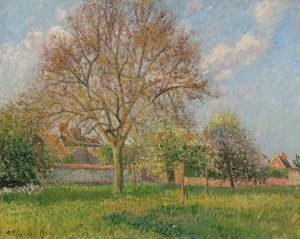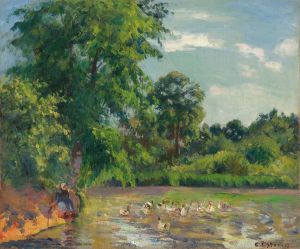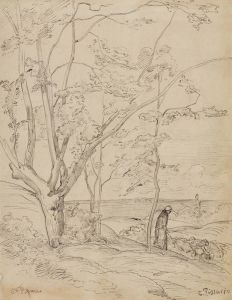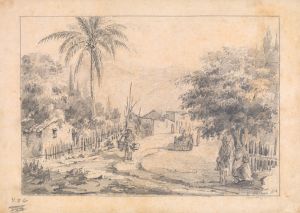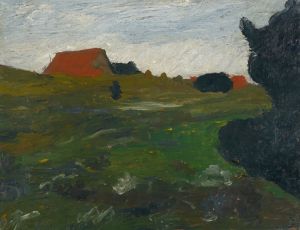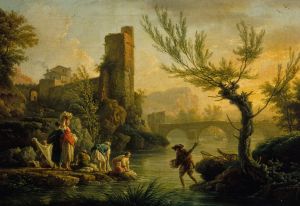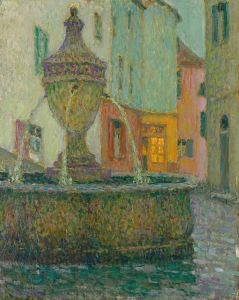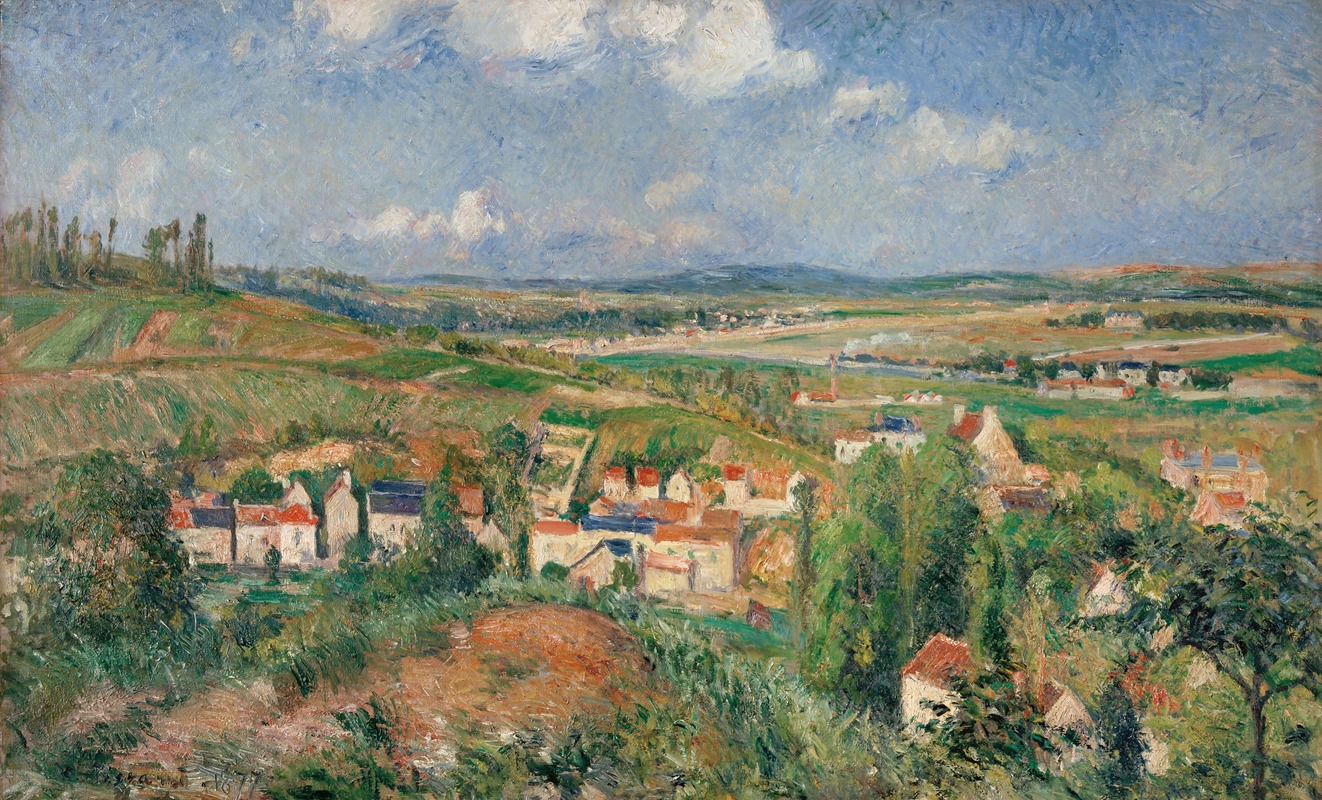
L’hermitage En Été, Pontoise
A hand-painted replica of Camille Pissarro’s masterpiece L’hermitage En Été, Pontoise, meticulously crafted by professional artists to capture the true essence of the original. Each piece is created with museum-quality canvas and rare mineral pigments, carefully painted by experienced artists with delicate brushstrokes and rich, layered colors to perfectly recreate the texture of the original artwork. Unlike machine-printed reproductions, this hand-painted version brings the painting to life, infused with the artist’s emotions and skill in every stroke. Whether for personal collection or home decoration, it instantly elevates the artistic atmosphere of any space.
Camille Pissarro's painting "L’hermitage En Été, Pontoise" is a notable work within the Impressionist movement, reflecting the artist's dedication to capturing the nuances of rural life and landscape. Painted in 1877, this artwork is part of Pissarro's extensive series of paintings that depict the village of Pontoise, located northwest of Paris. Pissarro moved to Pontoise in the early 1870s, and the region became a significant source of inspiration for him, providing a tranquil setting that contrasted with the bustling urban scenes favored by some of his contemporaries.
"L’hermitage En Été, Pontoise" exemplifies Pissarro's skill in portraying the effects of light and atmosphere, a hallmark of the Impressionist style. The painting captures a serene summer scene, with lush greenery and a sense of calm that permeates the composition. Pissarro's use of color is particularly noteworthy; he employs a palette of greens, blues, and earthy tones to convey the warmth and vibrancy of the season. The brushwork is loose and fluid, allowing the viewer to experience the scene as a fleeting moment in time, a technique that was revolutionary during the period.
Pissarro's choice of subject matter in this painting reflects his interest in the everyday lives of rural inhabitants. Unlike some of his peers who focused on urbanization and industrialization, Pissarro often depicted the simplicity and beauty of rural settings. This focus on rural life can be seen as a reflection of his own beliefs and lifestyle, as he was known for his anarchist views and his preference for a more pastoral existence.
The composition of "L’hermitage En Été, Pontoise" is carefully balanced, with a pathway leading the viewer's eye through the landscape. The inclusion of figures in the distance adds a human element to the scene, suggesting a narrative of daily life in the countryside. This approach is typical of Pissarro's work, where he often integrated figures into his landscapes to enhance the sense of realism and connection to the environment.
Pissarro's influence on the Impressionist movement and subsequent generations of artists cannot be overstated. As one of the founding members of the Impressionist group, he played a crucial role in organizing the first Impressionist exhibition in 1874. His commitment to the principles of the movement, such as painting en plein air and focusing on the effects of light, helped to define the direction of modern art.
"L’hermitage En Été, Pontoise" is housed in a private collection, and its significance lies not only in its aesthetic qualities but also in its representation of Pissarro's artistic philosophy. The painting serves as a testament to his ability to capture the essence of a moment and his dedication to portraying the beauty of the natural world. Through works like this, Pissarro has left an enduring legacy that continues to inspire artists and art enthusiasts alike.





